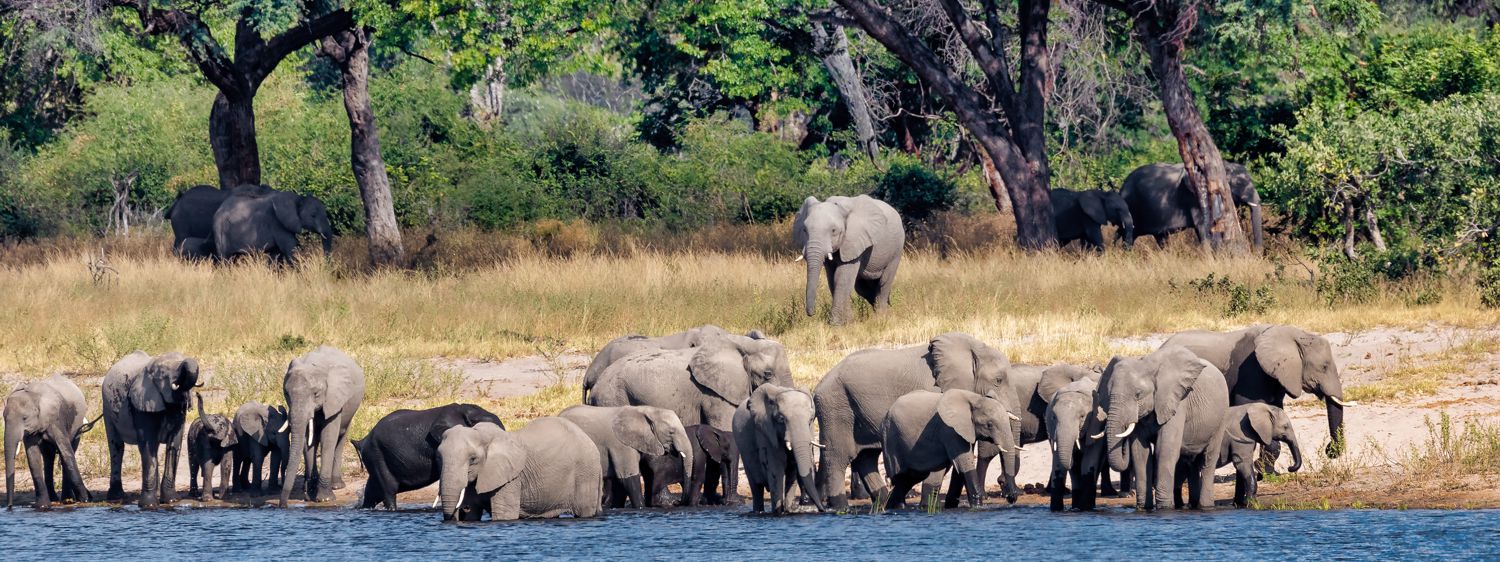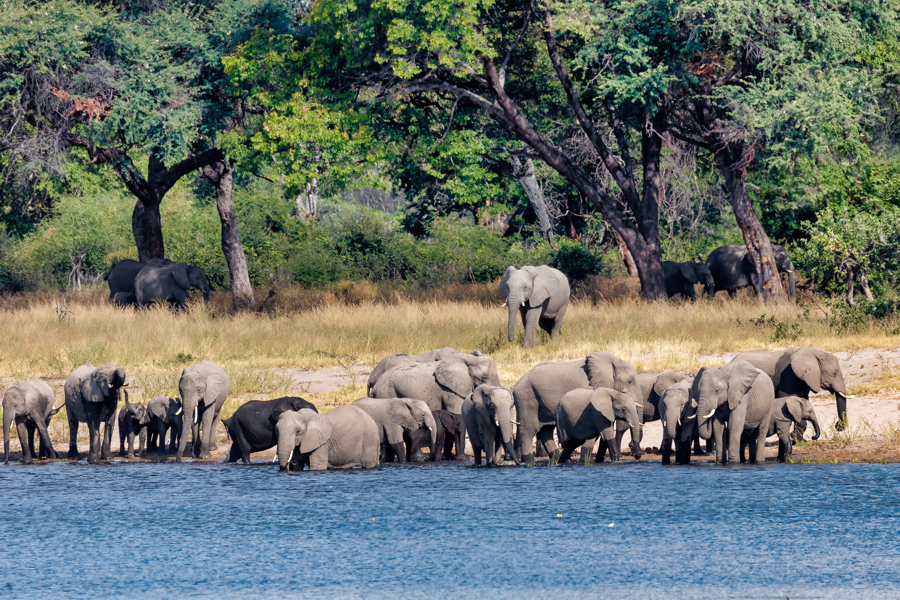The lure of the area is its wild and untamed quality, which gives visitors a peek into a different side of Namibia. Perennial rivers and expansive floodplains, lush tropical vegetation, an abundance of wildlife provide for a complete change of scenery from the rest of the Namibian landscape.
Formerly referred to as the Caprivi, the Zambezi Region is a fertile wilderness of riverine forests, flood plains, swamps and open woodland created by a complex network of rivers and relatively high summer rainfall. Well over 400 of Namibia’s bird species occur in this part of the country, and the region is steadily gaining the reputation as a retreat for bird-watchers, nature lovers and specialist travellers.
The Zambezi Region consists of three national parks, the Mudumu National Park, the Bwabwata National Park and seldom visited Nkasa Rupara National Park. Each of these parks has very own characteristics, but all of them are home to a vast variety of wildlife. Notably, this region is one of the very few places in Namibia where buffalo and hippos can be seen in their natural habitat.
The Kavango River and the Zambezi River with its tributaries play a key role in the lush green wilderness, which is so unlike and in complete contrast to rest of Namibia.
At a glance
Why you should visit
The Zambezi Region stands out from other Namibian regions due to its lush, water-rich environment, contrasting sharply with the country's predominantly arid landscapes. Unlike the vast deserts of the Namib and Kalahari, Zambezi is defined by four major rivers—the Zambezi, Chobe, Kwando, and Linyanti—creating fertile floodplains and wetlands that support diverse wildlife and agriculture.
While regions like Erongo and Kunene are known for their rugged mountains and coastal attractions, Zambezi thrives as a biodiversity hotspot, hosting elephants, hippos, crocodiles, and over 400 bird species.
Our favourite time to visit
The best time to visit the Zambezi Region for wildlife and nature experiences is during the dry winter months from May to September. During this period, water sources become scarce, drawing animals to rivers and waterholes, making wildlife spotting much easier. The vegetation is also thinner, improving visibility for safaris.
If you're a birdwatching enthusiast, the wet season from November to April is ideal, as migratory birds arrive, and the landscape is lush and vibrant. However, wildlife viewing can be more challenging due to dense vegetation and animals dispersing across the region.
For the best overall experience, plan your visit between June and September, when temperatures are comfortable, and wildlife congregates around water sources, offering spectacular sightings!




